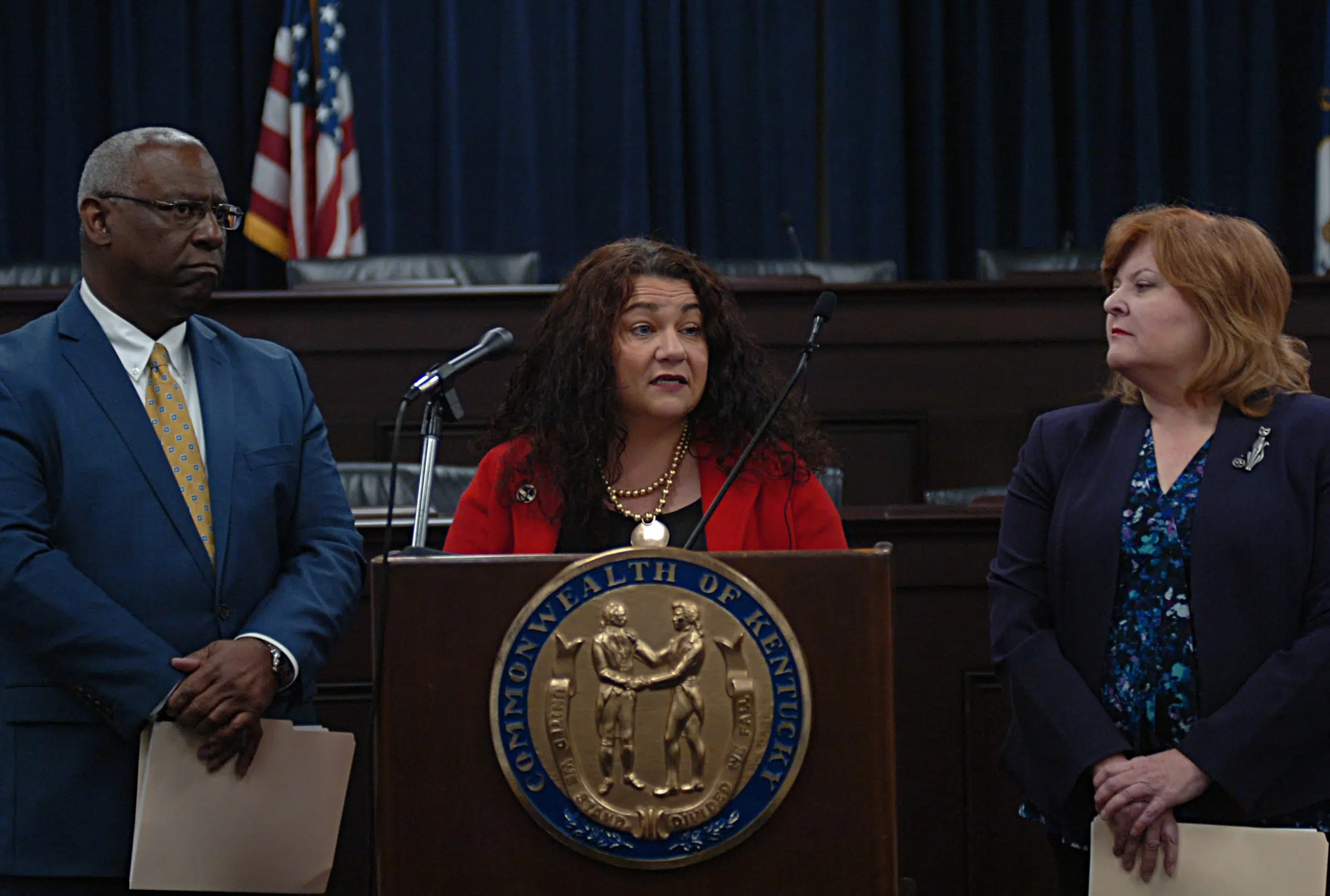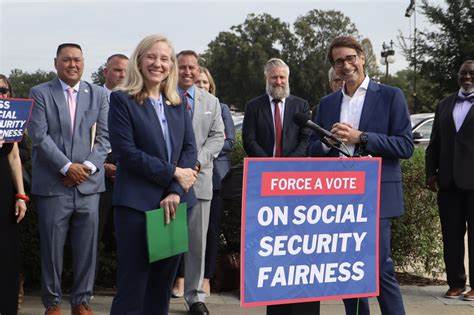The U.S. economy showcased resilience in November 2024, adding 227,000 jobs despite a slight uptick in the unemployment rate to 4.2%. This strong jobs report reflects steady growth across key sectors and highlights the return of striking workers, particularly in the manufacturing industry. As the Trump administration prepares to take office, it inherits a labor market with notable strengths and challenges.
Here’s an in-depth look at the November jobs report, its implications for the labor market, and what it means for workers and policymakers.
Highlights of the November Jobs Report
- Manufacturing Sector Gains:
- Employment in transportation equipment manufacturing rose by 32,000 jobs.
- This increase was driven by the return of Boeing machinists who ended their strike in November after securing better pay and retirement benefits.
- Revisions to Previous Reports:
- The U.S. Bureau of Labor Statistics revised job growth numbers for September and October upward by 56,000 jobs combined, further underscoring the labor market’s strength.
- Sectoral Growth:
- Health care and government employment, including state-level jobs, saw consistent increases.
- Leisure and hospitality added 53,000 jobs, with food services and drinking places accounting for 29,000 of those positions.
- Challenges in Retail:
- Retail employment declined by 28,000 jobs, attributed to delayed holiday hiring due to a late Thanksgiving.
Economic Context: Resilience Amid Unemployment Uptick
While the unemployment rate edged up from 4.1% to 4.2%, the overall economic landscape remains robust.
- Strong GDP Growth:
According to Louise Sheiner of the Brookings Institution, U.S. GDP has exceeded pre-pandemic projections, reflecting remarkable economic strength. - Three-Month Job Growth Average:
The average monthly job growth over the past three months is 173,000 jobs, signaling a steady and healthy labor market. - Wage Increases:
Average hourly earnings rose 0.4% in November, marking a 4% increase over the past year. This wage growth provides workers with greater financial security, even as policymakers balance it against inflation concerns.
Demographic Insights and Employment Trends
The November report revealed disparities in unemployment rates among demographic groups, emphasizing the need for targeted attention:
- Black Workers Face Challenges:
- The unemployment rate for Black men rose from 5.7% to 6%, while Black women experienced an increase from 4.9% to 6%.
- Clara Wilson of the Groundwork Collaborative noted that these fluctuations could indicate underlying labor market vulnerabilities, though month-to-month data can be volatile.
- Employment-to-Population Ratio:
- Economist Elise Gould pointed to a 0.6 percentage point decline in this metric over the year, which measures the proportion of the working-age population that is employed.
Implications for Policymakers
The strong November jobs report presents both opportunities and challenges for the incoming administration:
- Building on Public Investments:
- Clara Wilson emphasized the importance of sustaining economic progress achieved through significant public investments. Policymakers must leverage these lessons to ensure continued growth and equity.
- Balancing Inflation and Wage Growth:
- While some economists argue for slower wage growth to meet the Federal Reserve’s 2% inflation target, rising wages signal economic benefits reaching workers. Balancing these dynamics will be critical in shaping future policy decisions.
Key Takeaways
The addition of 227,000 jobs in November, coupled with upward revisions for prior months, reaffirms the resilience of the U.S. labor market. Sectoral growth, particularly in manufacturing, health care, and leisure, highlights areas of strength, while challenges in retail and demographic disparities in unemployment require close monitoring.
As the Trump administration steps into office, sustaining economic growth while addressing disparities will be crucial. The focus must remain on fostering an inclusive labor market that benefits all workers while navigating the complexities of inflation and wage growth.
For policymakers, businesses, and workers alike, the November jobs report serves as a reminder of the critical interplay between economic trends, labor market dynamics, and sound policy-making.
This comprehensive analysis ensures readers stay informed about the latest developments in the U.S. labor market and the broader economy. Stay tuned for updates and expert insights on the evolving economic landscape.











